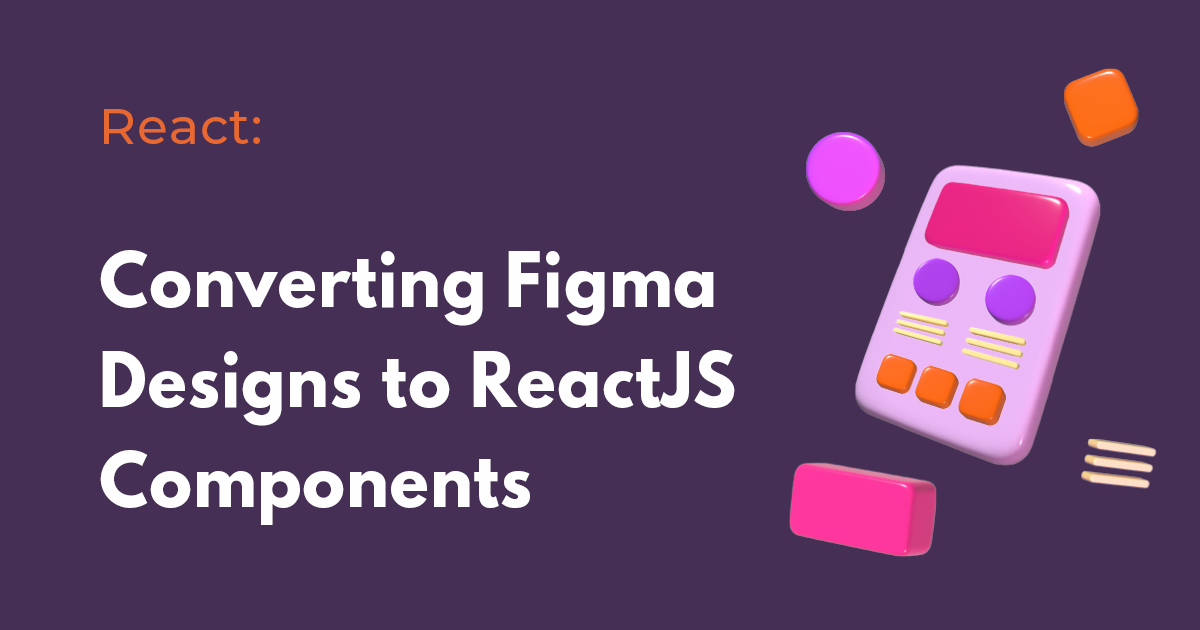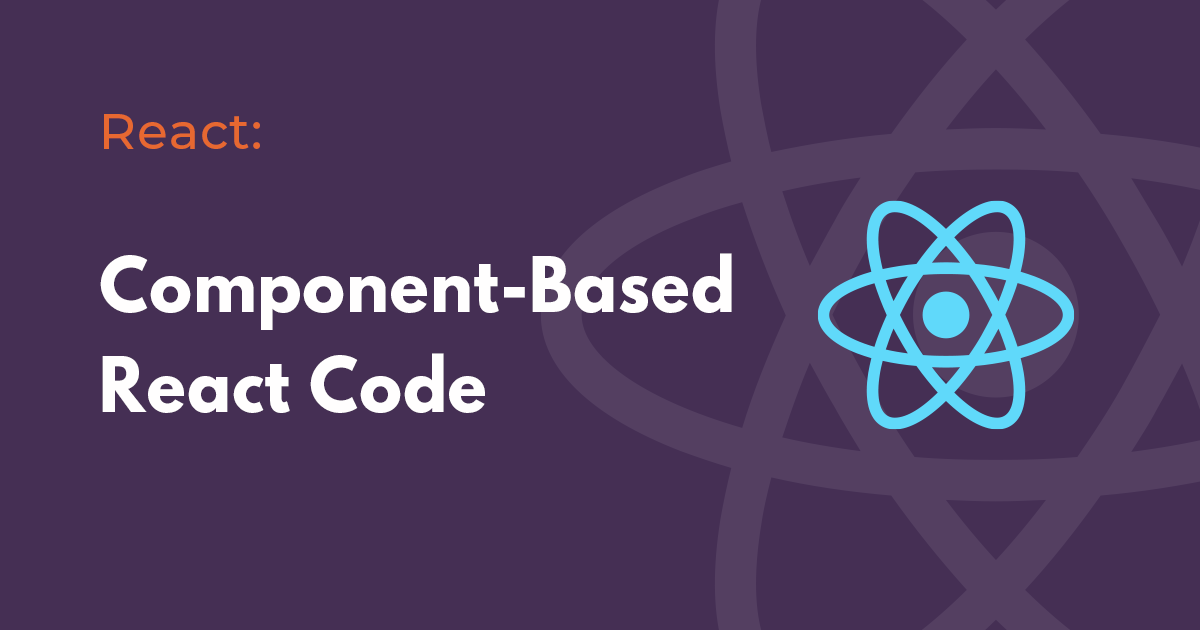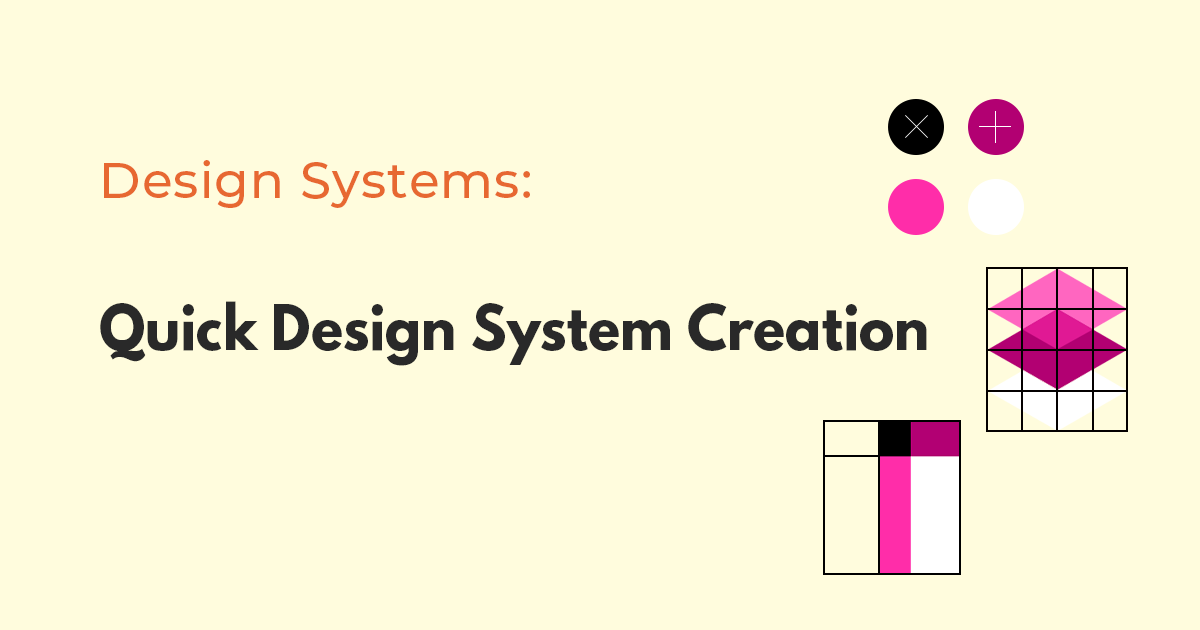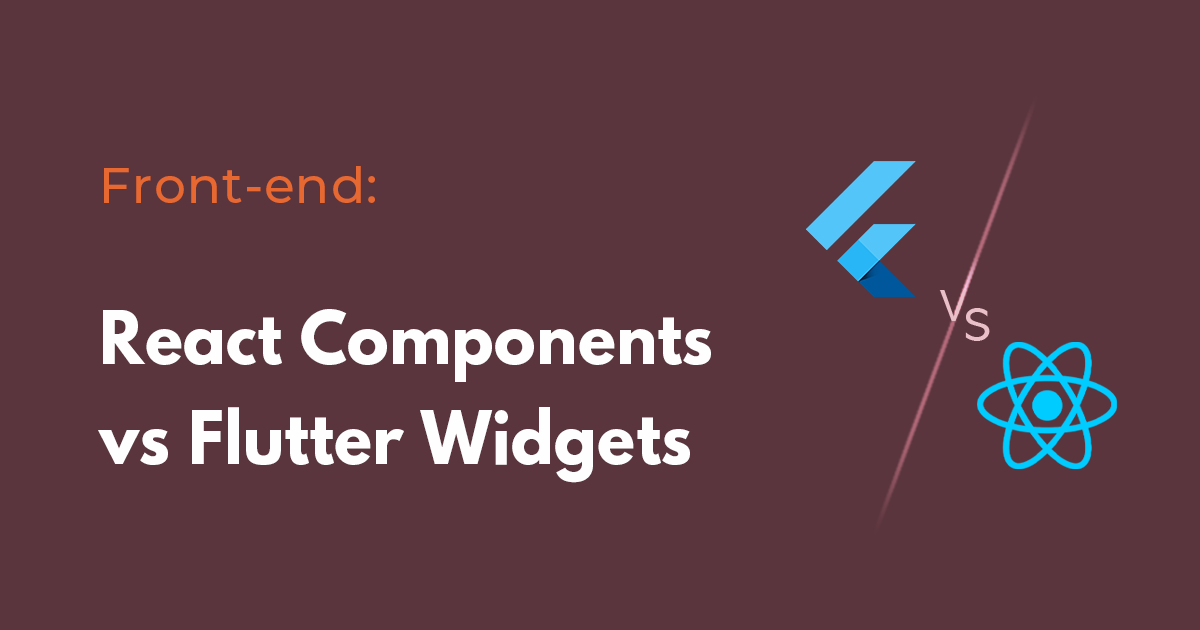Introduction: What is Component-Based Architecture?
Component-based architecture refers to the practice of building software applications as structured sets of modular, reusable components. Each component is independent and encapsulates specific functionality, making it possible to build complex user interfaces by assembling these building blocks. In the realm of web development, ReactJS has championed this approach, creating an environment that encourages developers to think in components.
Understanding React and Its Component-Driven Model
React is a JavaScript library developed by Facebook, and it's designed to build user interfaces primarily for single-page applications. It allows developers to create reusable UI components, which promotes efficiency, modularity, and ease of maintenance. The React model's primary attraction is its virtual DOM (Document Object Model), which optimizes rendering and improves app performance.
The Anatomy of a React Component
A React component is essentially a JavaScript function or class that optionally accepts inputs, called 'props', and returns a React element describing what should appear on the screen. React components can be as simple as a single button or as complex as an entire application. They promote code reuse and testing, making the development process much more manageable.
Class-Based vs Functional Components in React
React provides two ways to define components: class-based and functional. The class-based components require a bit more code and involve understanding JavaScript classes and this keyword. On the other hand, functional components are simpler, more readable, and now, with React Hooks, they can manage state and side effects – something only class-based components could do before.
Importance of the Component Hierarchy
One of React's primary strengths lies in its component hierarchy. Child components nest within parent components, creating a tree-like structure that mimics the DOM. It makes data flow and state management predictable and understandable, although it can present challenges in complex apps, which is where context and state management libraries can prove invaluable.
Component Composition in React
Component composition is an integral part of React. Rather than relying on complex inheritance structures, you can build components that take in other components as inputs, leading to simpler code and greater flexibility. These can be higher-order components (HOCs), render props, or more recently, hooks, giving developers a powerful set of tools for creating flexible, reusable components.
State and Props: The Lifeblood of React Components
In React, 'state' and 'props' form the core mechanisms for component interaction. 'State' is data maintained within a component and dictates the component's behavior. 'Props' (short for properties) are parameters passed down from a parent component to its children. They enable a parent-child communication, which is essential for data flow in React.
Using React Hooks: The New Way to Handle State and Side Effects
React Hooks, introduced in React 16.8, are functions that let you hook into React state and lifecycle features from functional components. Hooks don't work inside classes — they let you use React without classes. Hooks like useState and useEffect have changed the way developers handle state and side effects in functional components, increasing their power and flexibility.
The Role of JSX in Writing React Components
JSX (JavaScript XML) is a syntax extension for JavaScript used in React to write HTML elements in JavaScript. It allows developers to write components in a way that is visually easier to understand and closer to writing actual HTML. Although it's not required to use React, it makes the code more readable and writeable, contributing to React's popularity.
Conclusion: Embrace the Component-Based Approach
Embracing component-based development in React is a smart move for any developer or team aiming to build scalable, maintainable, and high-performing web applications. The concept of "everything is a component" makes it simpler to understand, test, and reuse code. And with React's continual updates and large community, you'll always have plenty of resources and support available.
Related Posts









